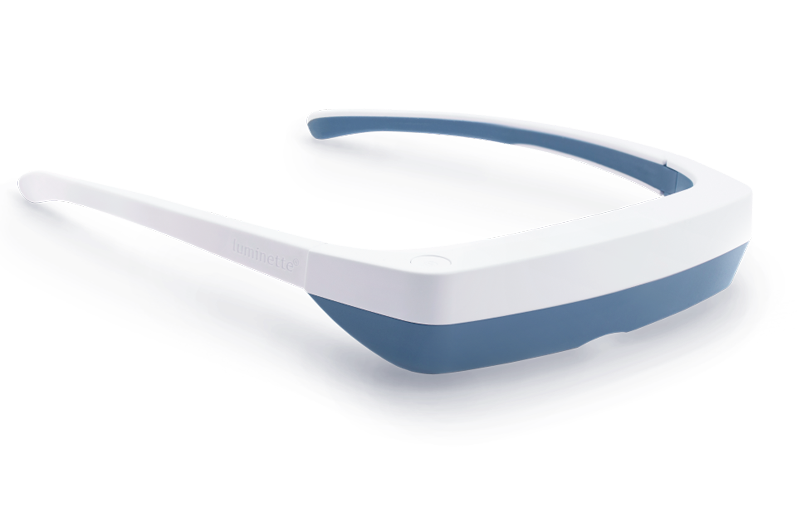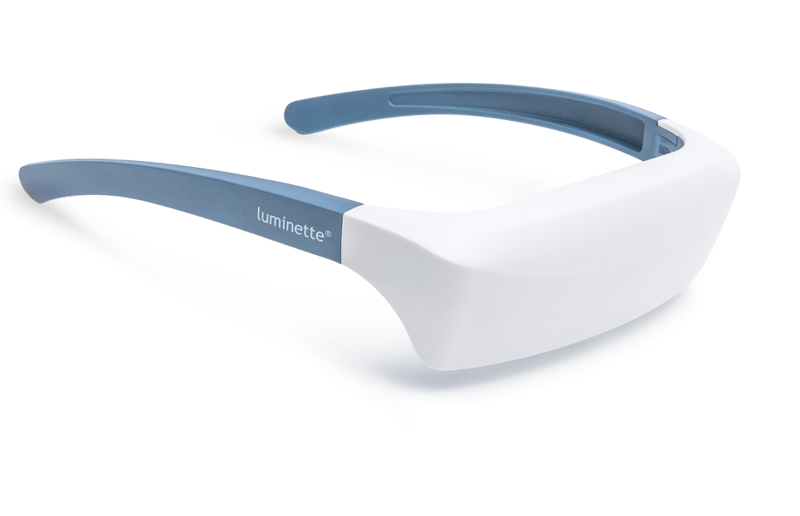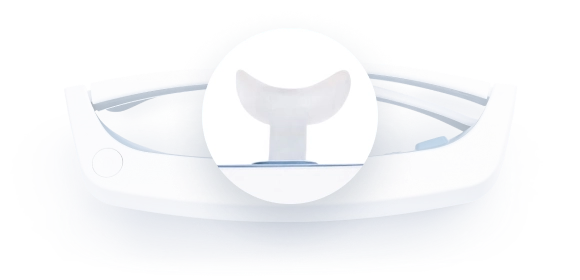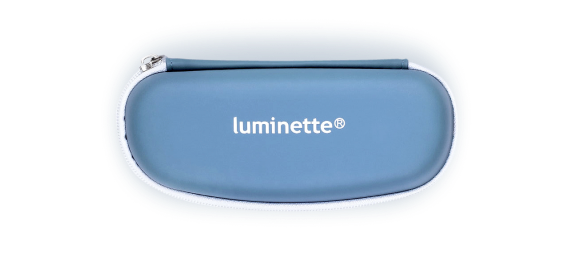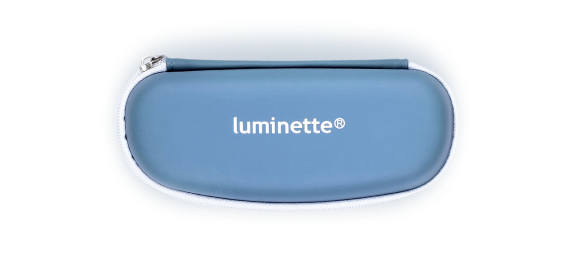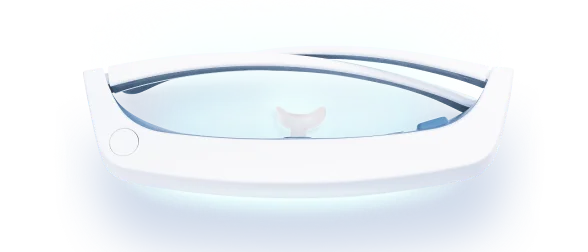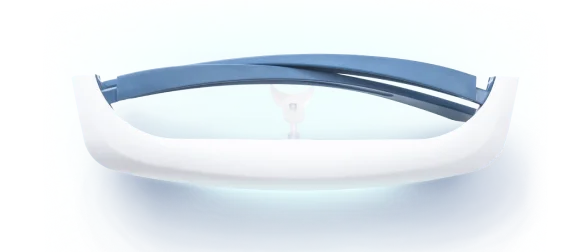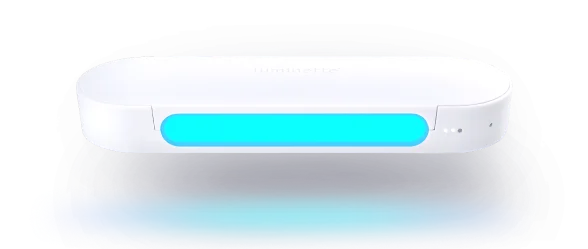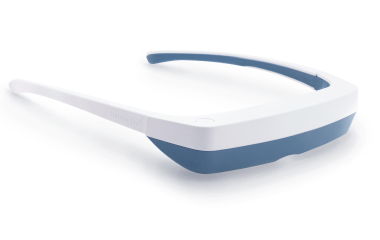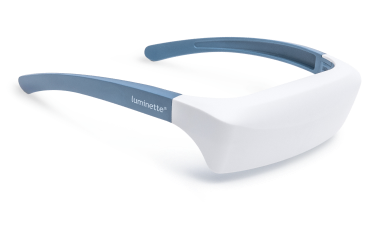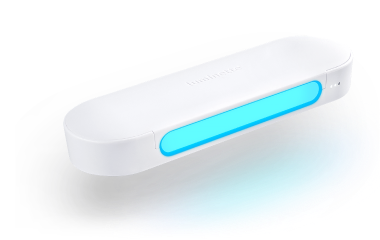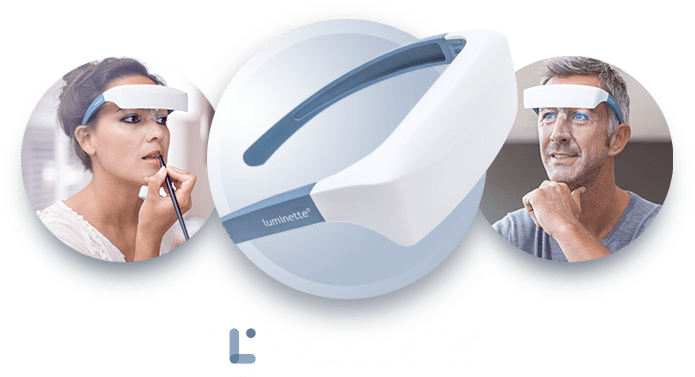Запобіжні заходи та рекомендації щодо світлотерапії
Проблеми із сітківкою
Світлотерапія, хоча і вважається безпечною, часто викликає питання, чи може вона впливати на сітківку у людей із наявними захворюваннями очей. Ці захворювання включають:- Ретинопатії: Різні розлади, що впливають на сітківку.
- Пігментний ретиніт: Генетичне захворювання, що супроводжується поступовою втратою клітин сітківки.
- Діабетична ретинопатія: Зміни судин сітківки, пов’язані з діабетом.
- Вікова макулярна дегенерація: Вікове погіршення центрального зору.
- Глаукома: Група захворювань, що включає підвищений внутрішньоочний тиск і можливі зміни зору.
Запобіжні заходи при біполярному розладі
Людям із розладами біполярного спектра слід звертати увагу на час використання світлотерапії. Вважається, що найкращим і найбезпечнішим є опромінення в середині дня, щоб мінімізувати ризик підвищення настрою.Як мінімізувати побічні ефекти світлотерапії
Однією з найпоширеніших турбот під час світлотерапії є можливі побічні ефекти. Хоча світлотерапія загалом безпечна і добре переноситься, важливо знати про потенційні побічні ефекти та вживати заходів для їх мінімізації.
Ось кілька порад, як мінімізувати побічні ефекти світлотерапії:
Використовуйте меншу інтенсивність або коротшу тривалість
Якщо під час сеансу світлотерапії ви відчуваєте дискомфорт, наприклад, напруження очей або головний біль, спробуйте зменшити інтенсивність світла або скоротити тривалість сеансу. Це допоможе мінімізувати можливі побічні ефекти, одночасно отримуючи користь від терапії.
Робіть перерви під час триваліших сеансів
Деяким людям може бути корисно робити перерви під час триваліших сеансів світлотерапії. Це дозволяє вашим очам і мозку відпочити та запобігти напрузі або дискомфорту. Ви також можете використати цей час, щоб трохи рухатися, розтягнутися або зайнятися іншою розслаблюючою діяльністю.
Підтримуйте водний баланс
Вживання великої кількості води до та після сеансу світлотерапії може допомогти мінімізувати потенційні побічні ефекти. Зневоднення може погіршити симптоми головного болю, напруги очей та втоми, тому важливо підтримувати водний баланс.
Слідкуйте за своїм настроєм
Якщо під час або після світлотерапії ви помічаєте зміни настрою, такі як дратівливість або тривожність, важливо відстежувати ці зміни та обговорити їх зі своїм лікарем. Він може допомогти визначити, чи є інші основні причини, або скоригувати план лікування, щоб краще відповідати вашим потребам.
Проконсультуйтеся з медичним фахівцем
Якщо ви хочете отримати персоналізовані рекомендації перед початком світлотерапії, ви можете проконсультуватися з медичним фахівцем, знайомим з цим методом. Він може запропонувати поради, адаптовані до ваших уподобань, рівня комфорту та загального стану здоров’я, допомагаючи налаштувати ваш режим за потреби.Питання та відповіді
Які найпоширеніші побічні ефекти світлотерапії?
Світлотерапія загалом вважається безпечною та добре переноситься. Найпоширеніші побічні ефекти включають легку напругу очей, головний біль та іноді відчуття нервозності. Ці ефекти зазвичай тимчасові і можуть зменшуватися, коли ваше тіло адаптується до терапії.
Чи може світлотерапія викликати безсоння або порушення сну?
Хоча світлотерапія часто використовується для покращення розладів сну, вплив у невідповідний час доби може потенційно порушити ваш цикл сну. Вкрай важливо дотримуватися рекомендованих правил щодо часу та тривалості, щоб уникнути негативного впливу на режим сну.
Як зменшити напругу очей під час сеансів світлотерапії?
Щоб зменшити напругу очей, переконайтеся, що ваш пристрій для світлотерапії розташований на правильній відстані та під правильним кутом. Також слід робити регулярні перерви та уникати прямого дивлення в світло. Регулювання яскравості до комфортного рівня також може допомогти зменшити дискомфорт.
Чи є головний біль нормальним побічним ефектом світлотерапії?
Головний біль може бути нормальним побічним ефектом, особливо на початку лікування. Якщо головний біль триває або стає сильним, може бути корисно скоротити тривалість сеансів або відрегулювати інтенсивність світла та за потреби проконсультуватися з медичним фахівцем.
Коли слід проконсультуватися з лікарем щодо побічних ефектів світлотерапії?
Проконсультуйтеся з лікарем, якщо у вас виникають стійкі або серйозні побічні ефекти, такі як сильний головний біль, проблеми з очима або зміни настрою. Медичний фахівець може надати індивідуальні рекомендації та скоригувати ваш план лікування для забезпечення оптимальної користі.
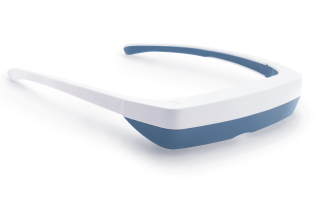
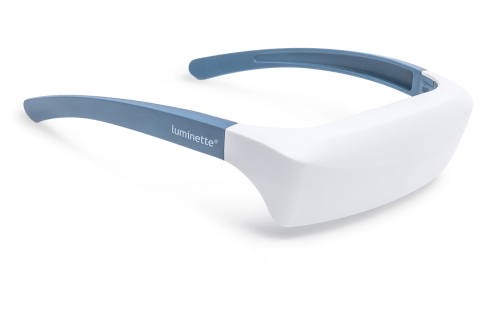
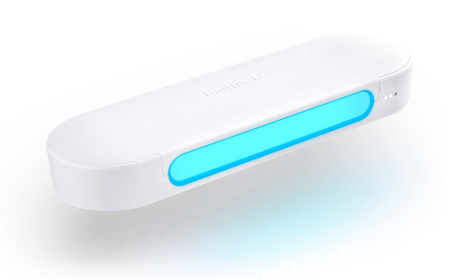
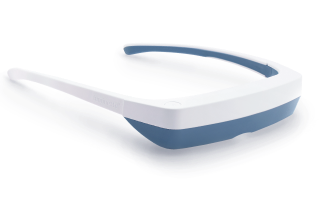
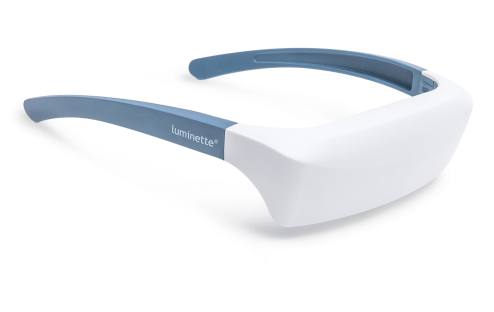
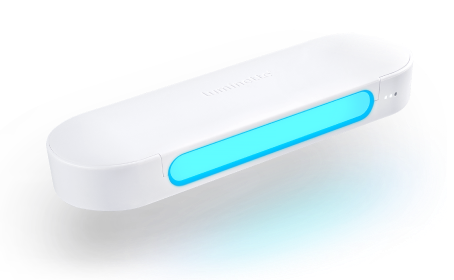
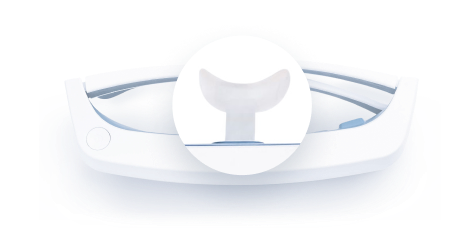
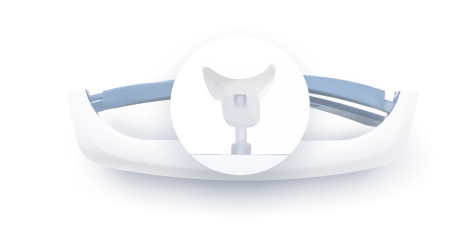
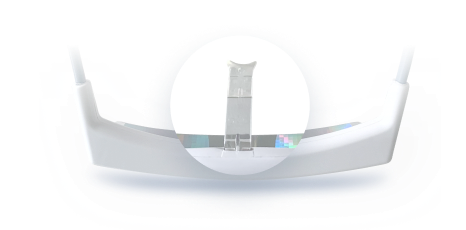
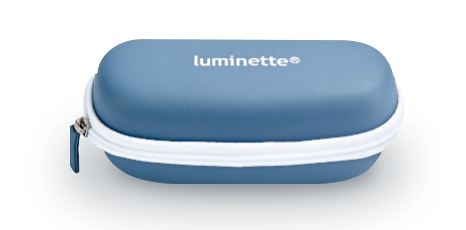
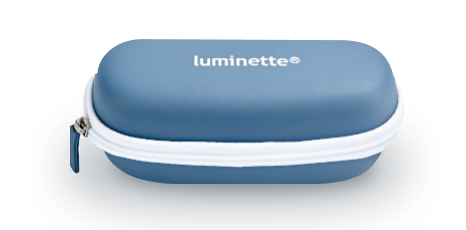






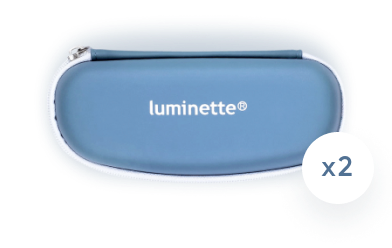
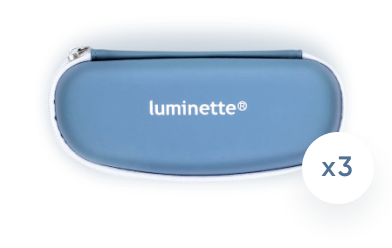

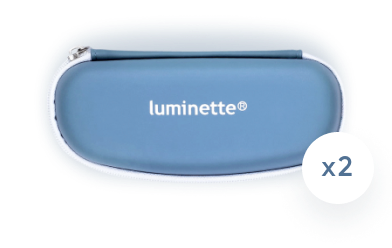
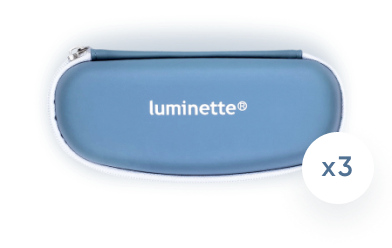
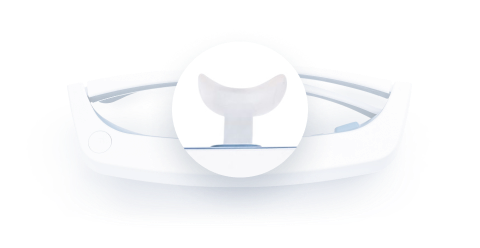
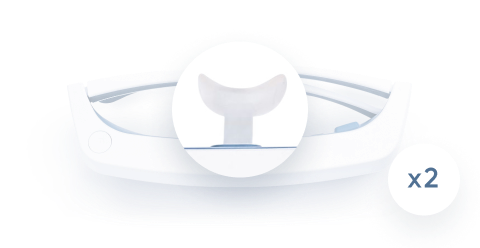
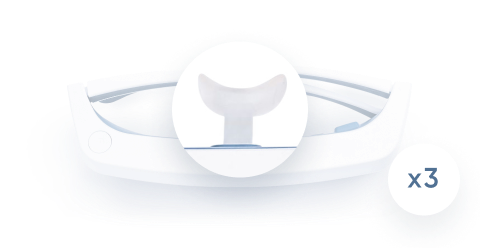

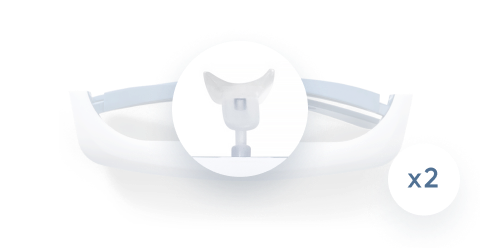
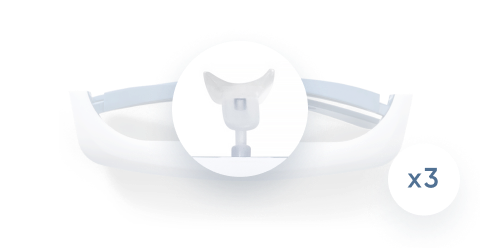
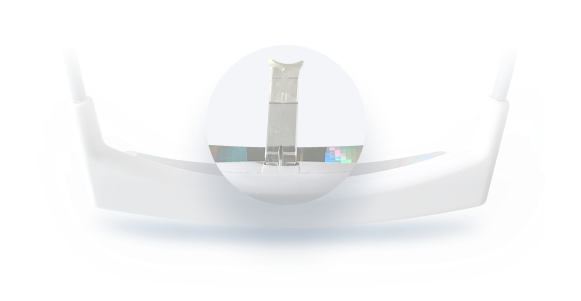
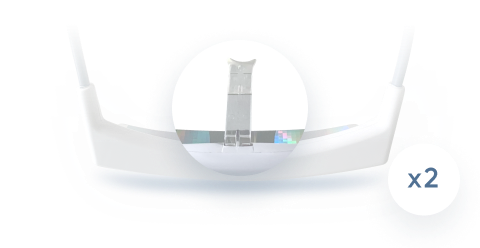
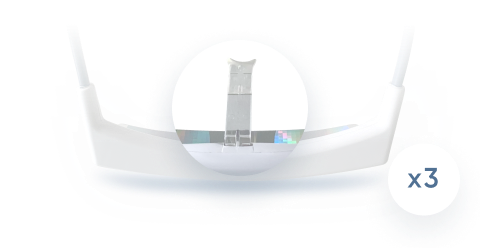
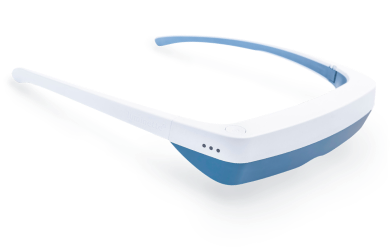
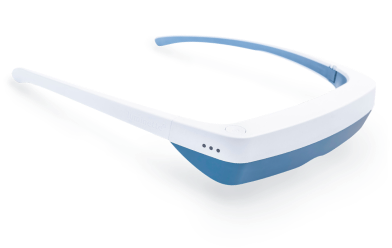
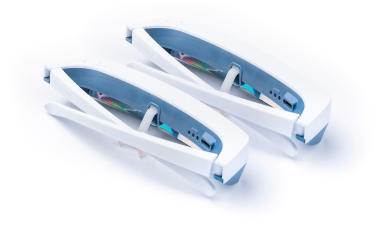
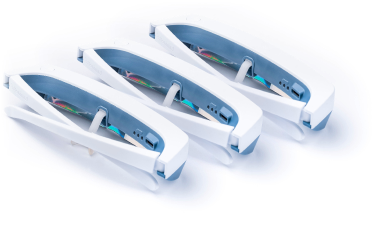


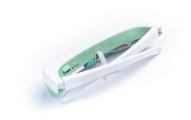
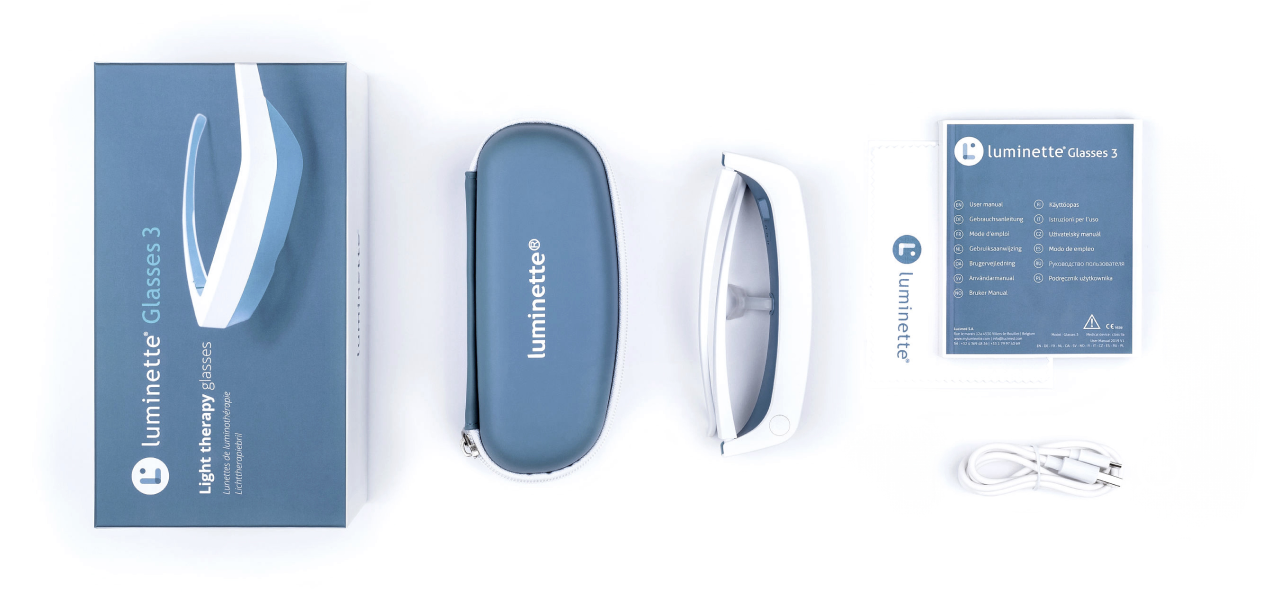
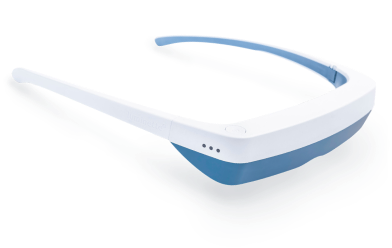
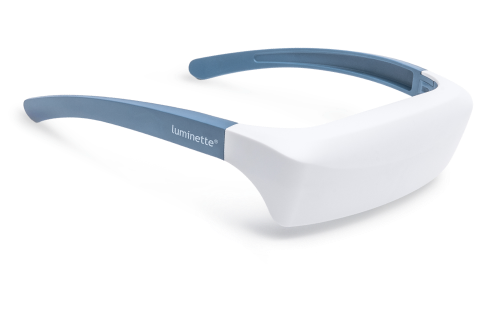
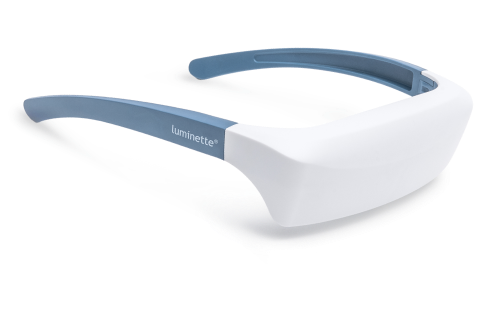
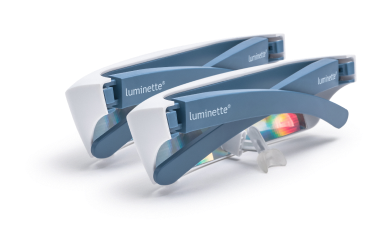
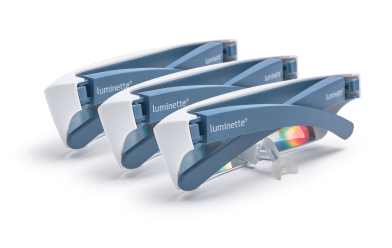
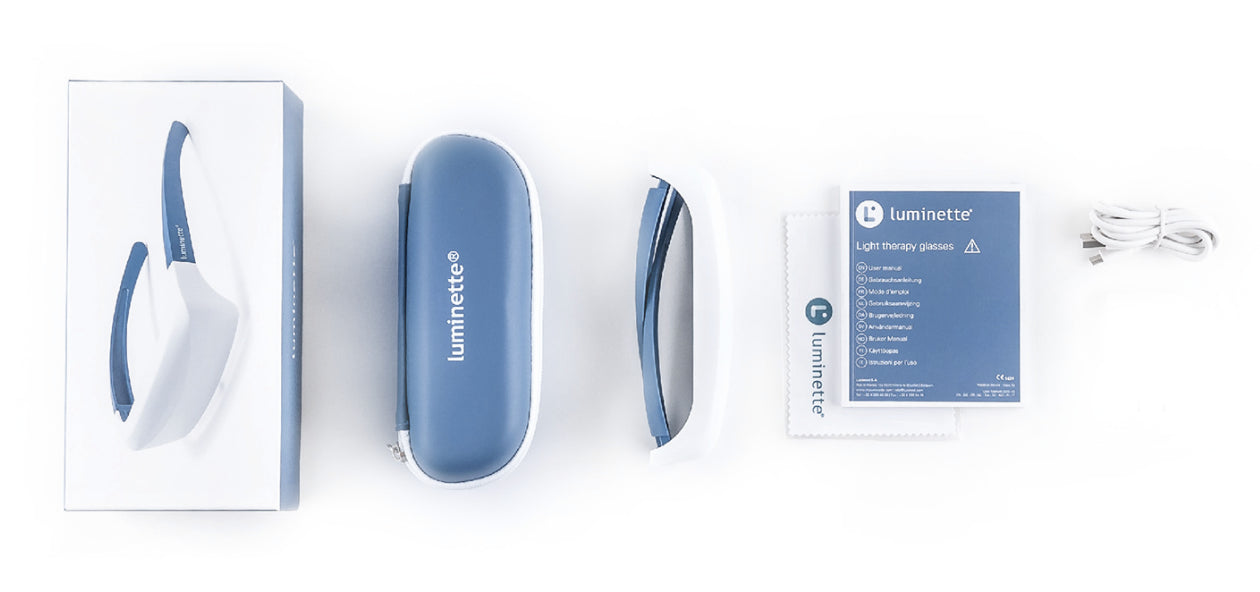
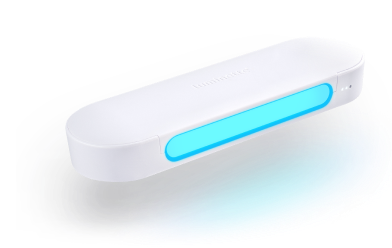
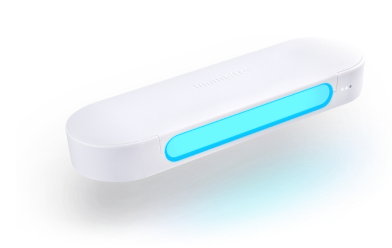
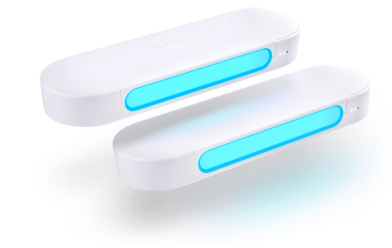
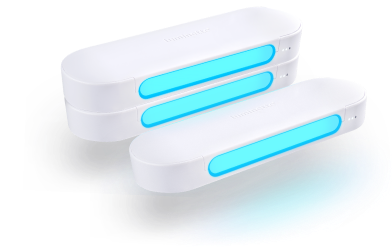
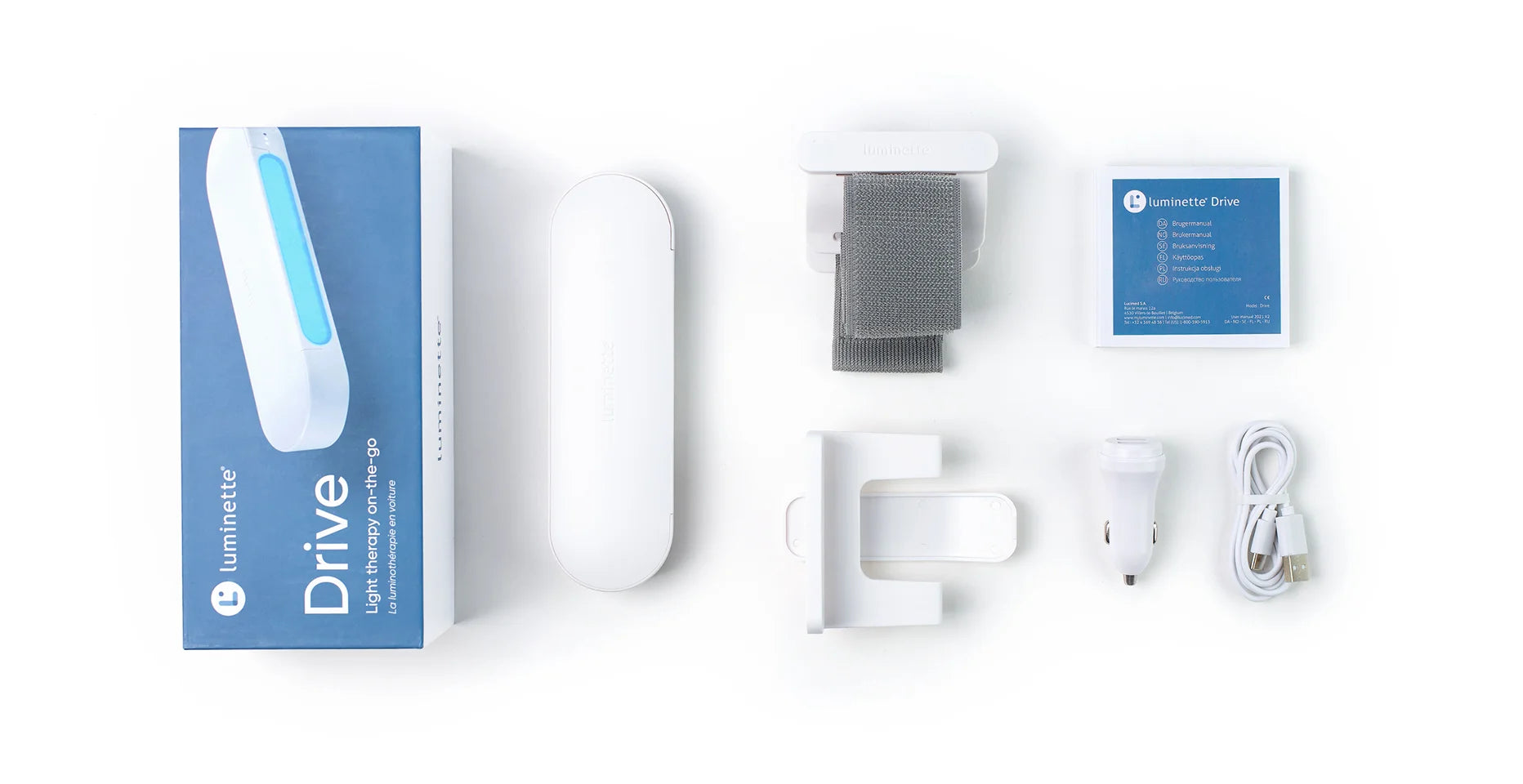

 Please note
Please note



